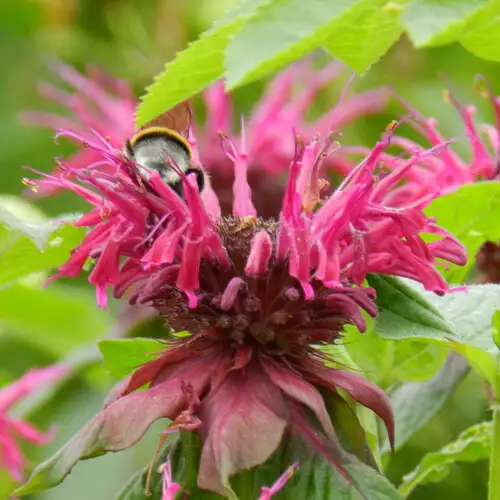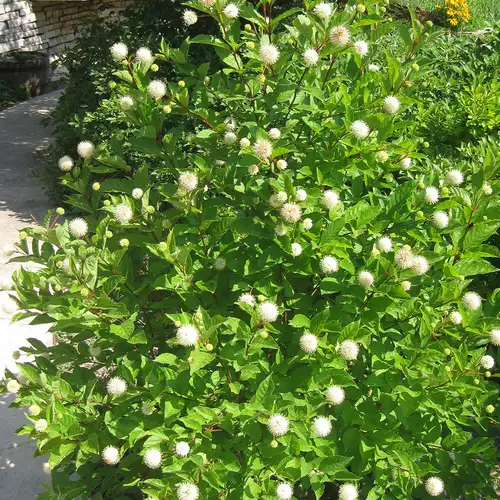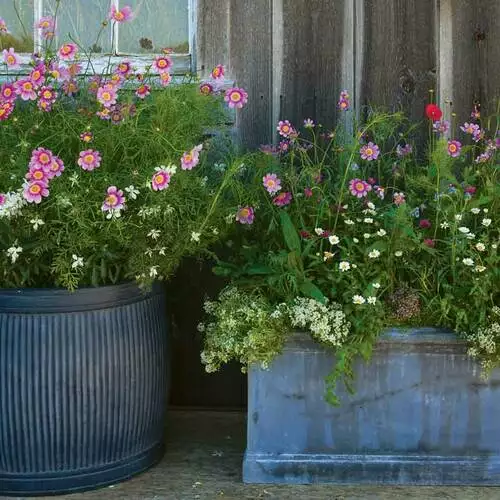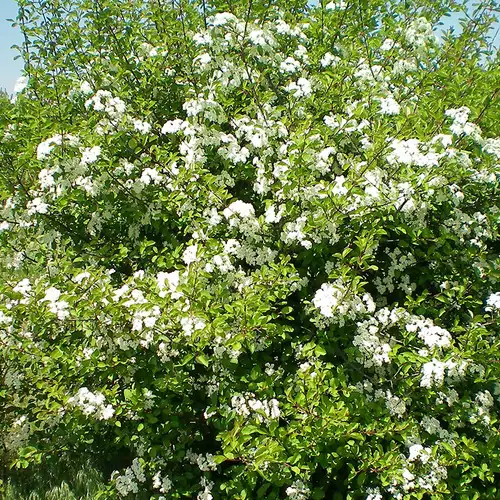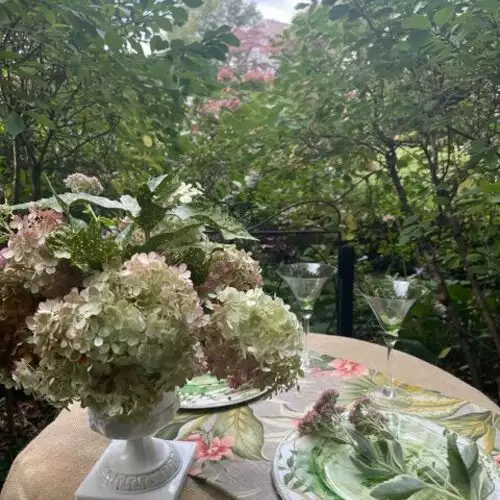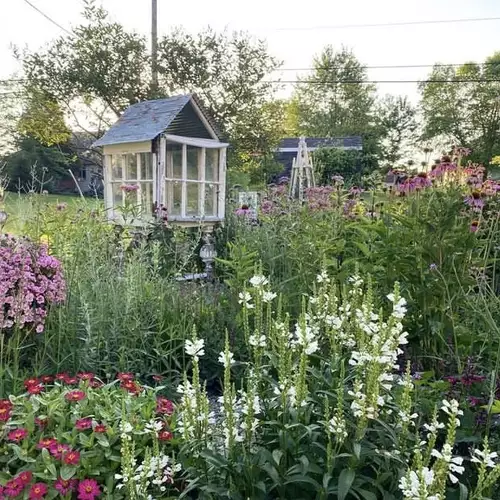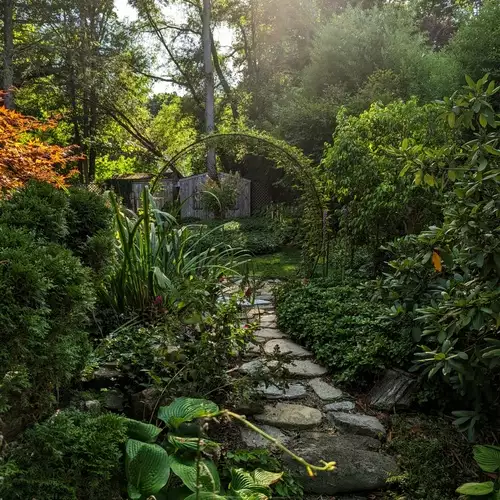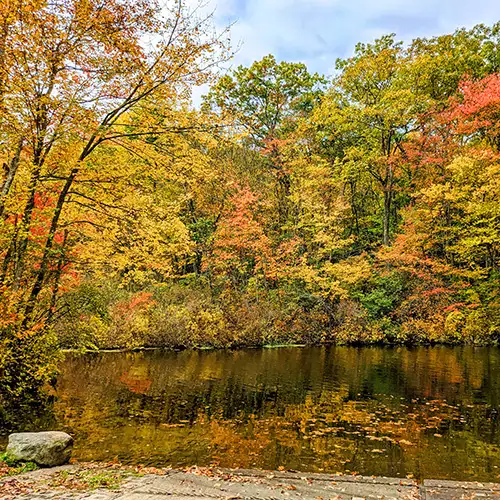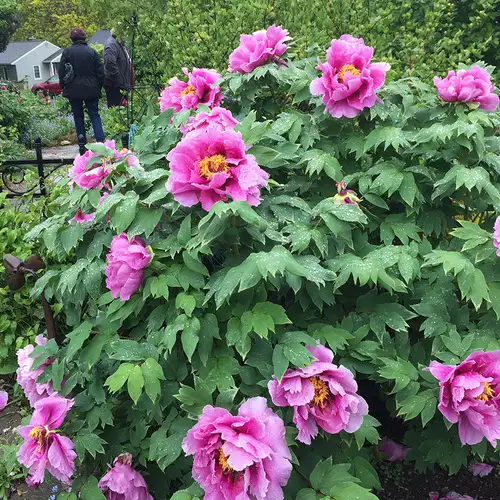6 Native Bee Balms to Grow for Gorgeous Color in the Garden - FineGardening
6 Native Bee Balms to Grow for Gorgeous Color in the Garden - FineGardening
Bee balm (Monarda spp. and cvs., Zones 4–9) has long been a garden staple for its bold flower colors. The common name comes from the fact that the resin is a natural remedy to soothe the ache of bee stings. But this plant is better known in the gardening world for being a favorite of many pollinators, including bees. The popular species scarlet bee balm (Monarda didyma, Zones 4–9) is native to North America, as are some others. Here are six of my favorite nativar and native bee balms with colorful, vibrant, pollinator-attracting flowers.

‘Jacob Cline’ bee balm
Monarda didyma ‘Jacob Cline’, Zones 4–9
Powdery mildew is an ongoing problem for many bee balms, particularly in situations of overcrowding or poor air circulation. ‘Jacob Cline’ is more resistant to powdery mildew than many other varieties. Discovered near the Blue Ridge Parkway, it was named by Jean Cline, a Georgia plantsman, in honor of his son, Jacob. Quite attractive to hummingbirds, the large 4-inch-wide crimson red flowers are typically at their peak in midsummer. Growing to a height of 4 feet, ‘Jacob Cline’ is a notorious wanderer, with one plant able to reach a width of over 3 feet after 3 years of establishment. Be prepared to edit it out of other plants should it decide to find its way into unwelcome territory.

‘Raspberry Wine’ bee balm
Monarda didyma ‘Raspberry Wine’, Zones 4–9
Introduced in 1992 by Darrell Probst and White Flower Farms, ‘Raspberry Wine’ not only has large, 3-inch-wide raspberry red flowers, but a scent reminiscent of mint and basil. The color of the flowers is stunning, and they are covered with bees when in full bloom. This plant grows 30 to 42 inches tall and should be spaced 15 to 18 inches apart. It does have a tendency to spread. I have seen no significant mildew problems on this native cultivar, and it’s easy to care for.
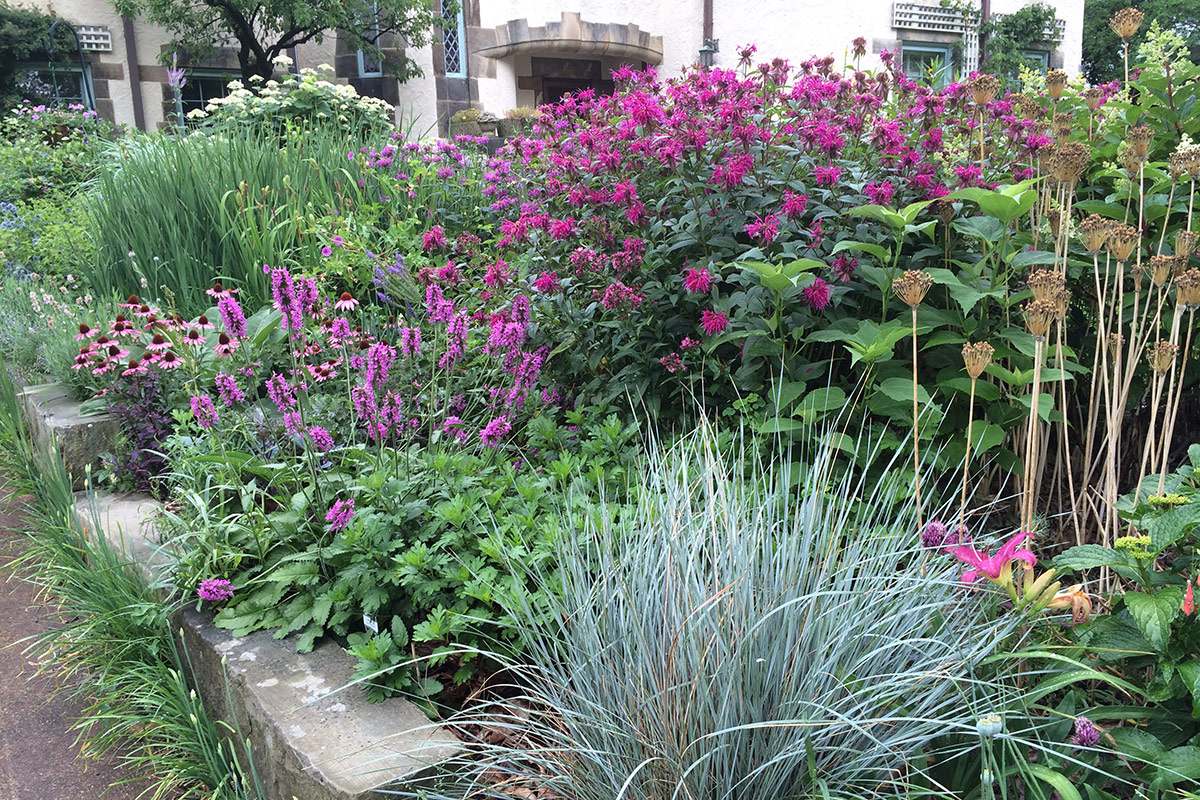
‘On Parade’ bee balm
Monarda ‘On Parade’, Zones 4–9
Tall and compact, ‘On Parade’ grows 4 feet tall and 3 feet wide, almost as large as a small shrub. The dense dark green leaves and magenta red flowers offer a solid show of color that is not produced by many other perennials. In bloom for up to four weeks in midsummer, it should be deadheaded regularly to extend the flowering season as long as possible. As with all bee balms, ‘On Parade’ is tolerant of most soil types and a wide range of soil pH.

‘Pardon My Cerise’ bee balm
Monarda didyma ‘Pardon My Cerise’, Zones 4–9
If you are looking for a perennial to fit in a smaller space, turn to ‘Pardon My Cerise’ bee balm. This plant has cherry-colored reddish-pink blooms and a diminutive size, growing 10 to 12 inches tall and wide. This makes it the perfect choice for the front of a border. Adored by butterflies, bees, and hummingbirds, it is useful in containers or as a filler plant in garden beds.

Balmy™ Rose bee balm
Monarda didyma ‘Balbalmose’, Zones 4–9
Balmy™ Rose bee balm offers some of the best resistance to mildew of all the new native bee balm cultivars on the market. Very compact at 10 to 12 inches tall and 8 to 10 inches wide, the 2-inch-wide rosy to magenta pink blooms are fragrant and stand erect on strong, compact stems. This variety will not set seed or naturalize through your garden.

Wild bergamot
Monarda fistulosa, Zones 3–9
Wild bergamot is native to the continental United States with the exception of California and Florida. You will find this 3- to 4-foot-tall native on the fringes of woodlands and in open fields, where its flowers are an important source of nectar for pollinators. It’s hardy in Zones 3 to 9 and tolerant of drought as well as moist soil. Resistant to grazing by rabbits as well as deer, wild bergamot can even be planted beneath a black walnut tree (Juglans nigra, Zones 4–9).
Whether grown for the benefit of pollinators or for the flowers’ scent, color, or texture, bee balms are certainly a worthy addition to your garden. If you run out of space in your beds, consider a container where one would fit in for the season.
For more on bee balms, check out The Best of the Bee Balms. And for more Northern Plains regional reports, click here.
—Marti Neely, FAPLD, owns and operates Marti Neely Design and Associates in Omaha, Nebraska.
